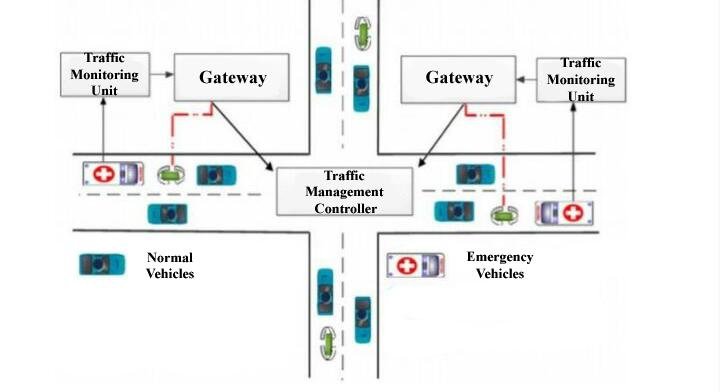
Effective Roadmap on Speed Management Policy for Safer Roads
The civil engineering department of the Indian Institute of Technology (IIT), Kharagpur, along with Paribahan Bhawan, transport department headquarters on R N Mukherjee Road, launched a study document on policy interventions and roadmap for effective implementations of speed management in the city and districts in a programme scheduled on 9th January 2024. Transport Minister Snehashis Chakraborty; State Transport Secretary Saumitra Mohan; Director-Transport; Secretary -School Education; Deputy Commissioner of Police (Traffic)-Kolkata Traffic Police; Inspector General of Police- West Bengal Police; Regional Officer-National Highways Authority of India; Joint Secretary-Urban Development; other dignitaries and Prof. Bhargab Maitra of IIT Kharagpur launched the document.…

